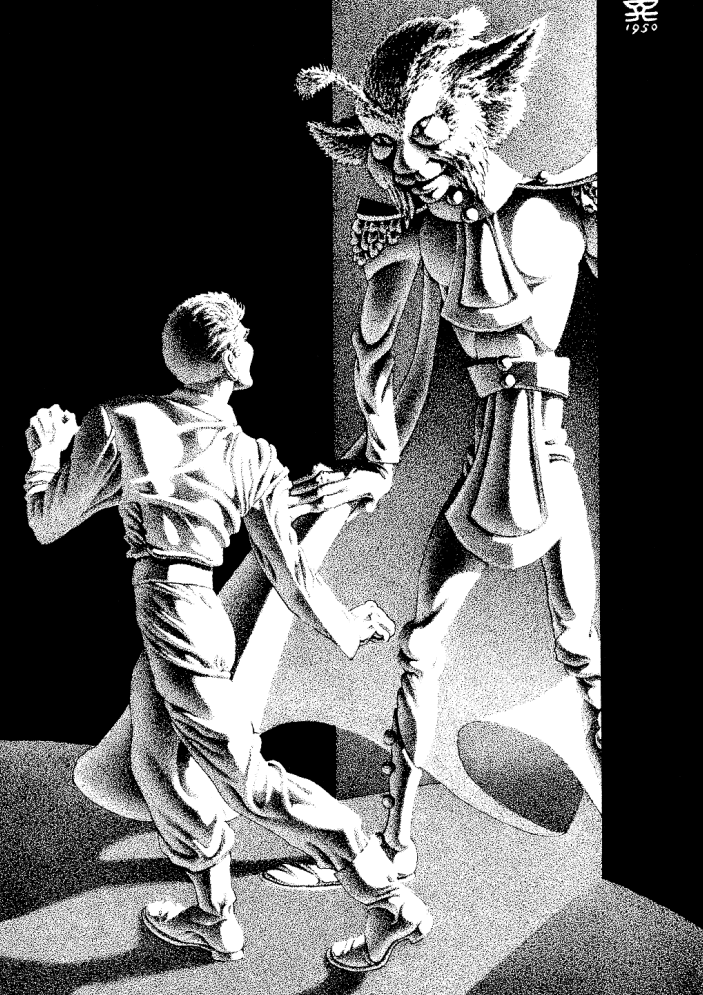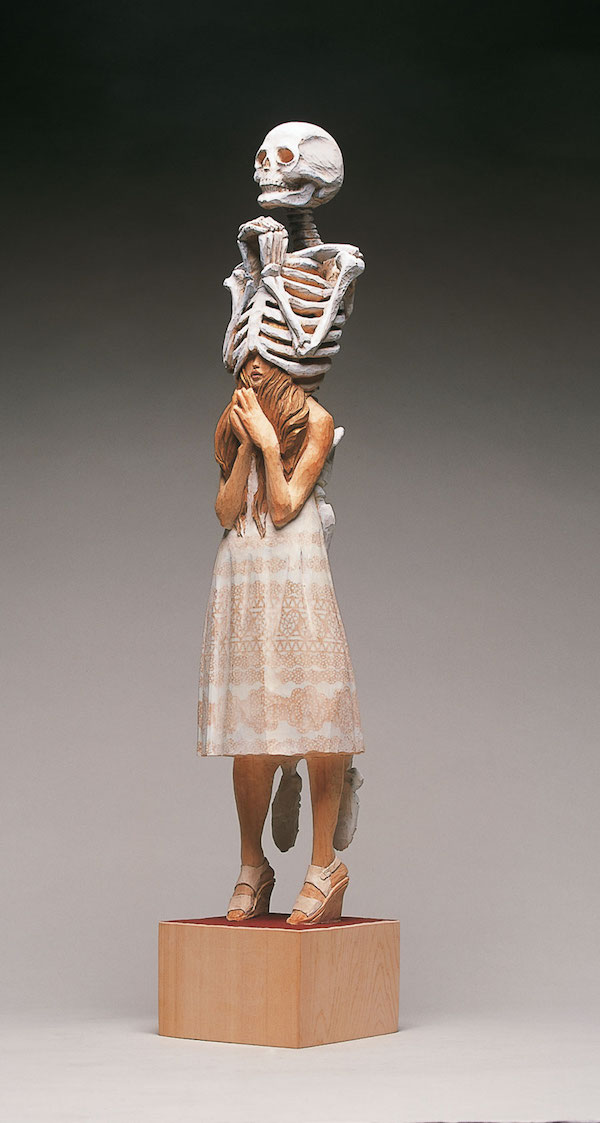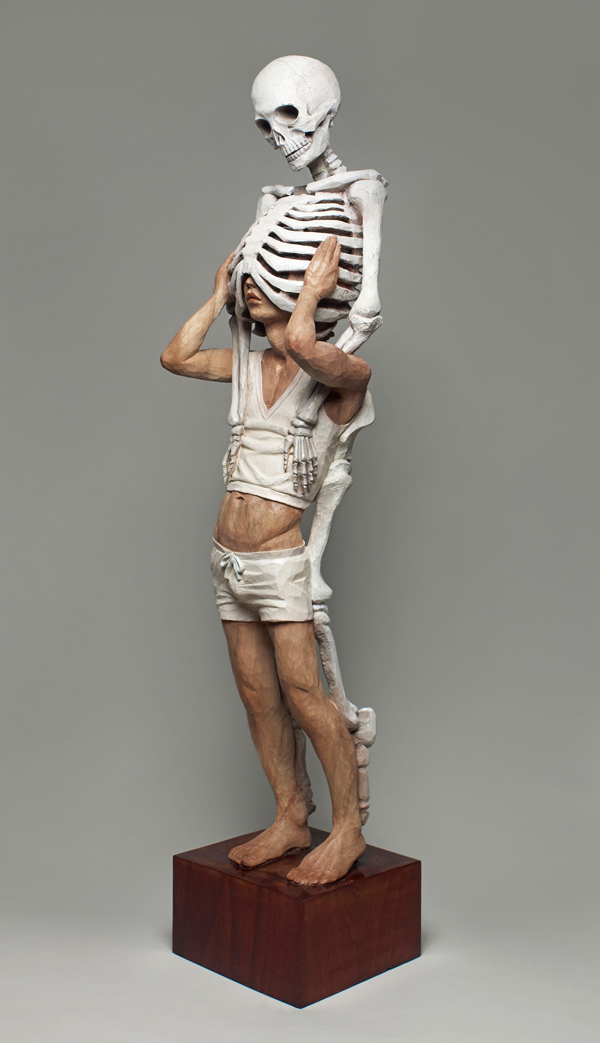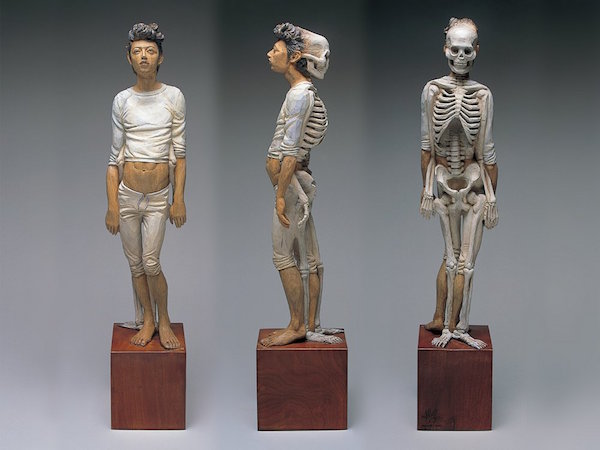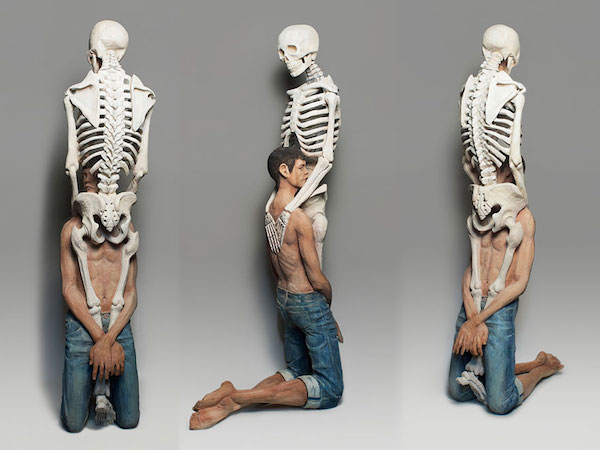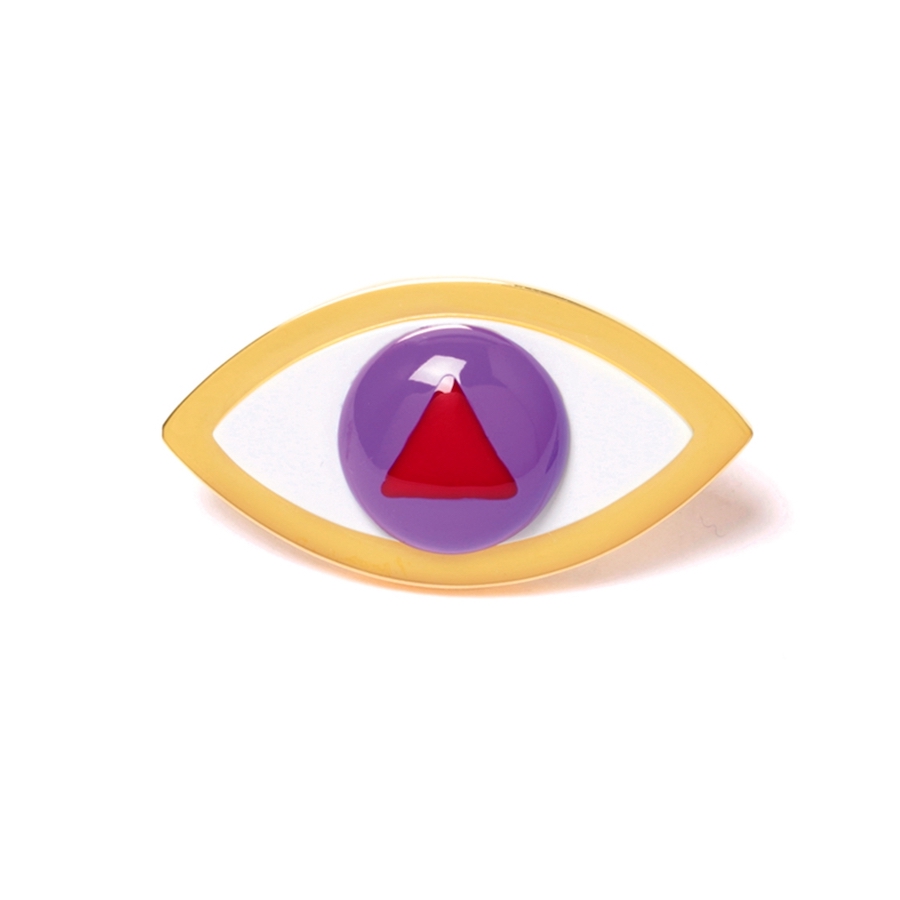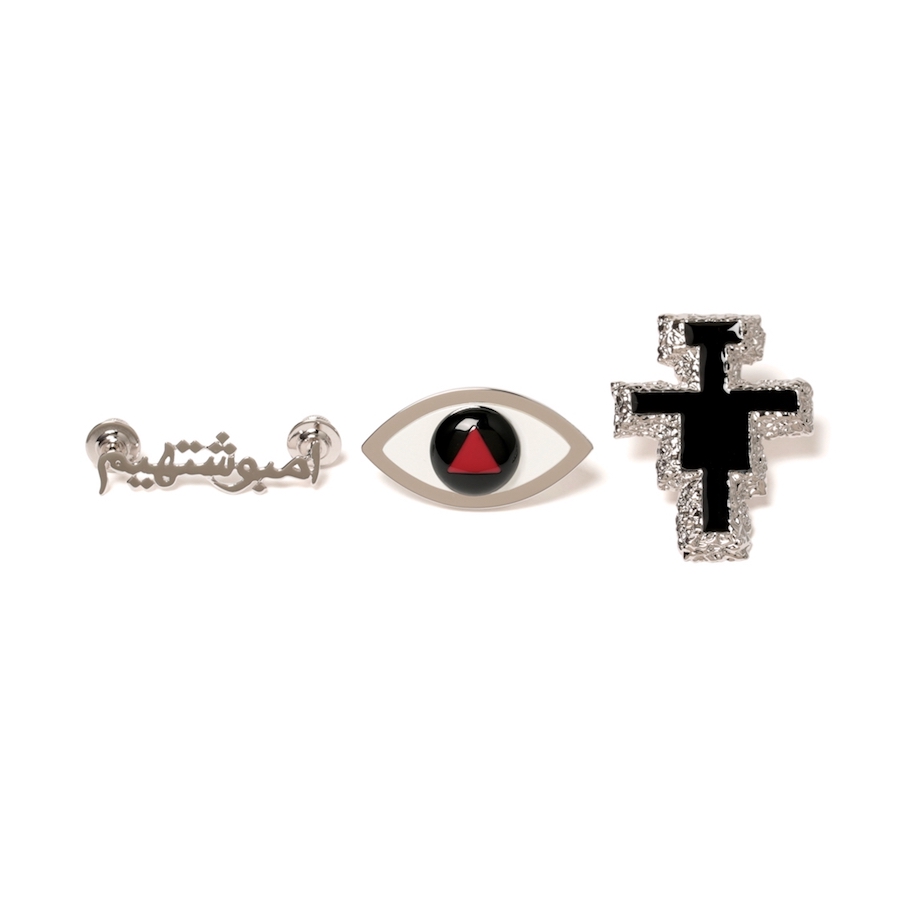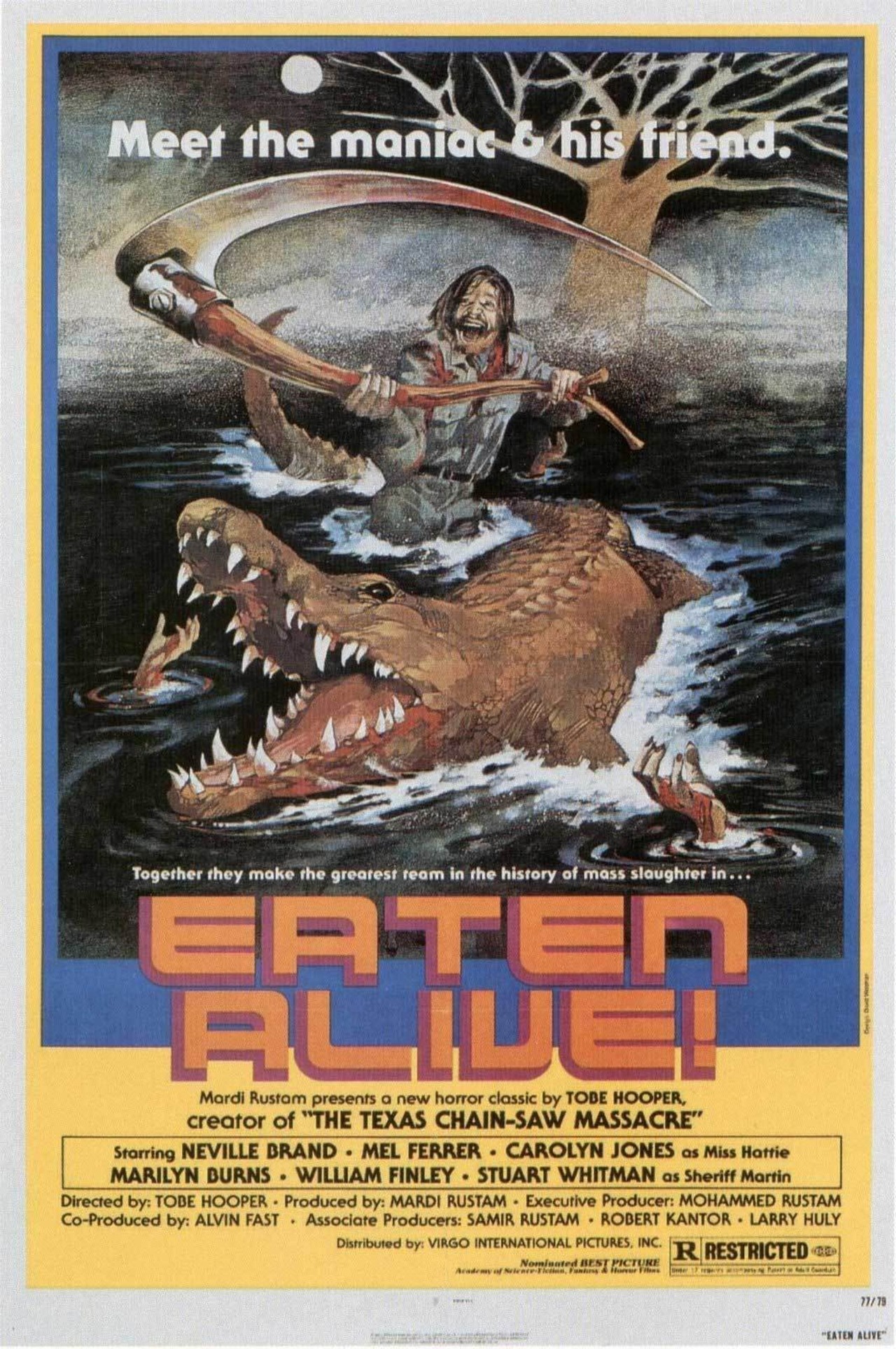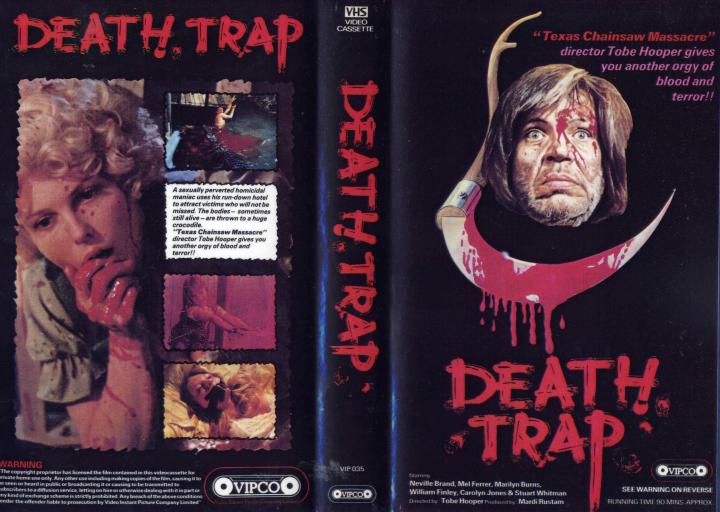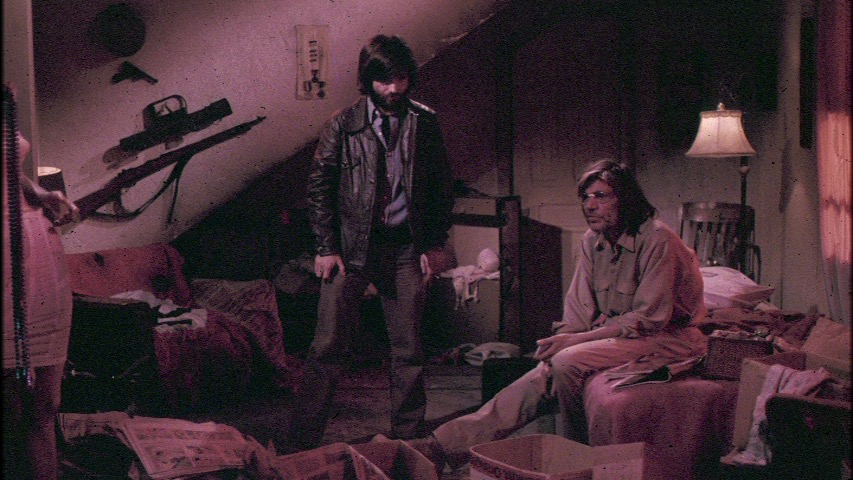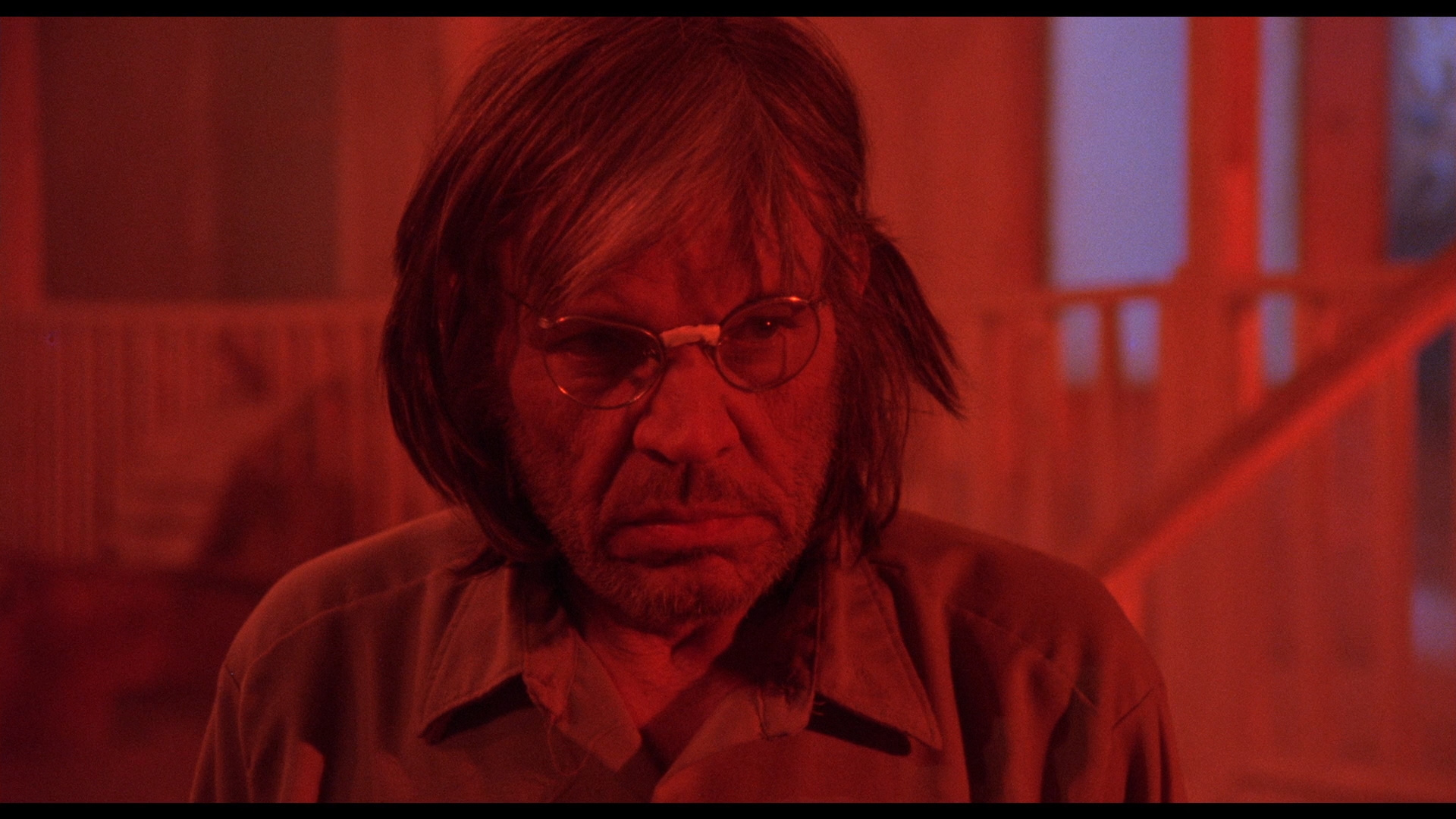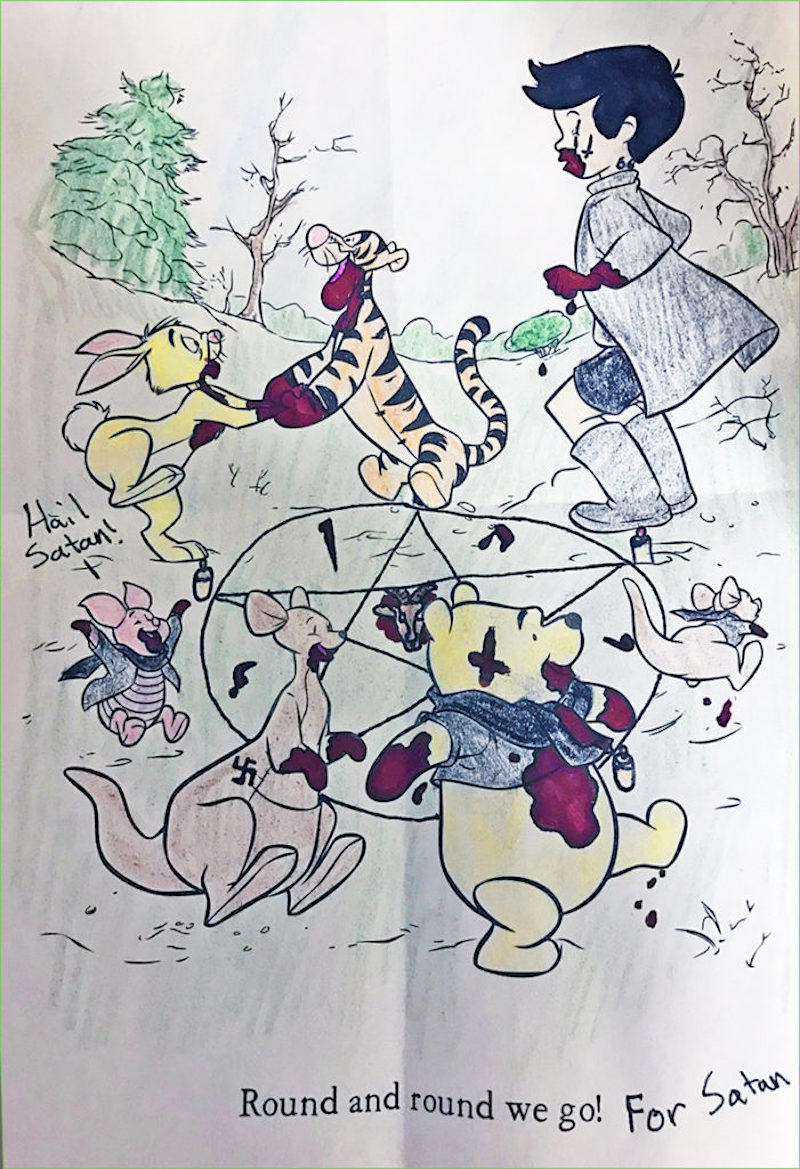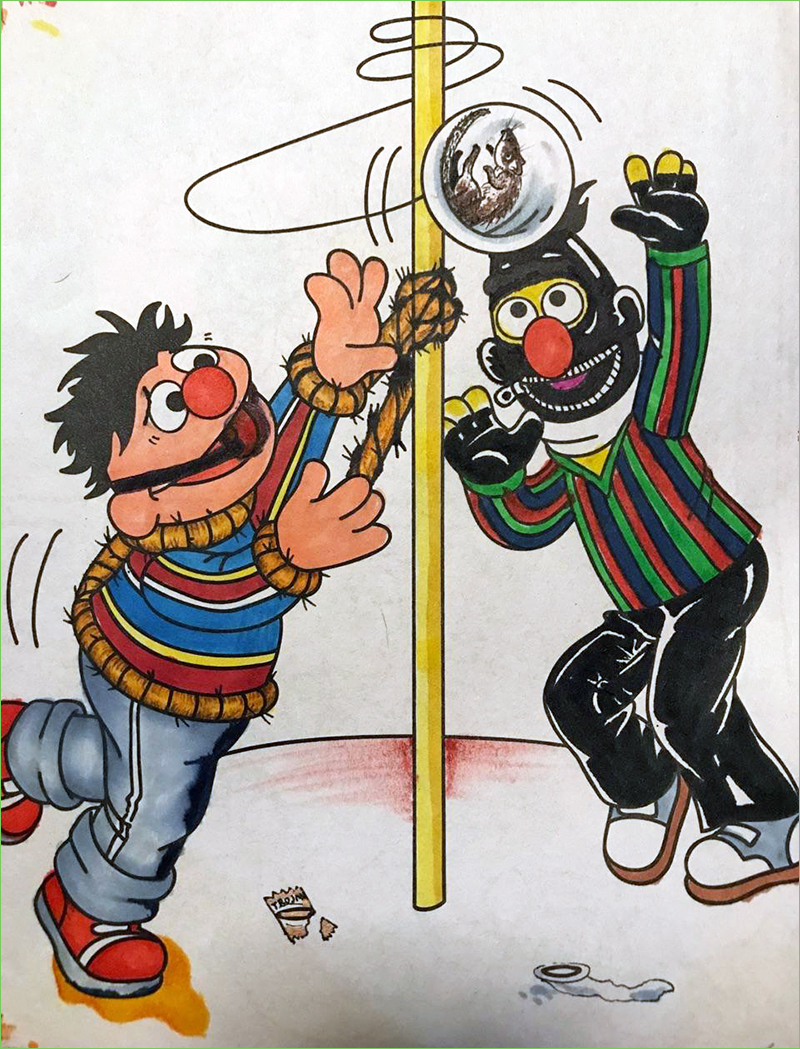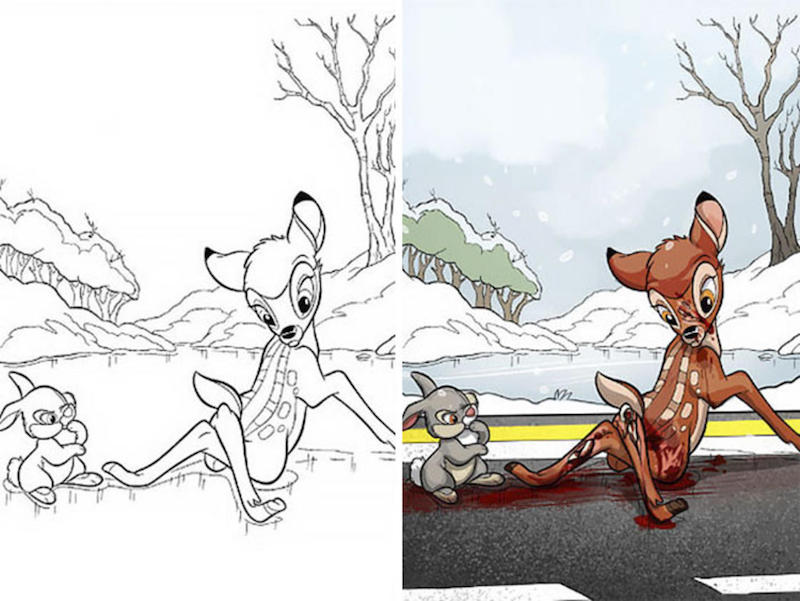
A remarkable black and white illustration by Frank R. Paul.
Hailing from Austria, pulp novel and comic book artist Frank R. Paul (born Rudolf Franz Paul in 1884), only attended school until the eighth-grade. At the time, affluent members of Austria received formal education beyond that, but Paul’s family were not a part of that world. So, when Paul turned fourteen, he got his first job working in a paper mill which he kept until the age of seventeen when he left Austria to avoid being drafted into the military. Paul ended up in Paris where he studied art which then led him to pursue studies in architecture in London. Finally, Paul would find himself and his first success as an artist in New York (after a short pit stop in San Francisco) where he was hired by Hugo Gernsback, the editor of The Electrical Experimenter, to create artwork for the monthly magazine in 1914.
Known today as the “Father of Science Fiction Art” Paul’s vivid work has appeared in and on the covers of a wide variety of magazines and pulp novels, most notably Amazing Stories who published a painting done by Paul on their very first issue in 1926. Other influential covers by Paul include the unique illustration of the “Human Torch” (the robot superhero created by Carl Burgos, not Johnny Storm of the Fantastic Four) on Marvel Comics #1 in 1939, as well as his terrifying depiction of H. G. Wells’ vision of The War of the Worlds for Amazing Stories in 1927.
Publications containing Paul’s wild illustrations have sold for more than 20,000 dollars in the past, and his work is highly sought after by collectors. I highly recommend picking up the impeccable 2009 book, FROM THE PEN OF PAUL: The Fantastic Images of Frank R. Paul if you are at all a fan of the science fiction genre. I’ve posted some of Paul’s super spacey paintings, illustrations and magazine/pulp novel covers below.

1940.
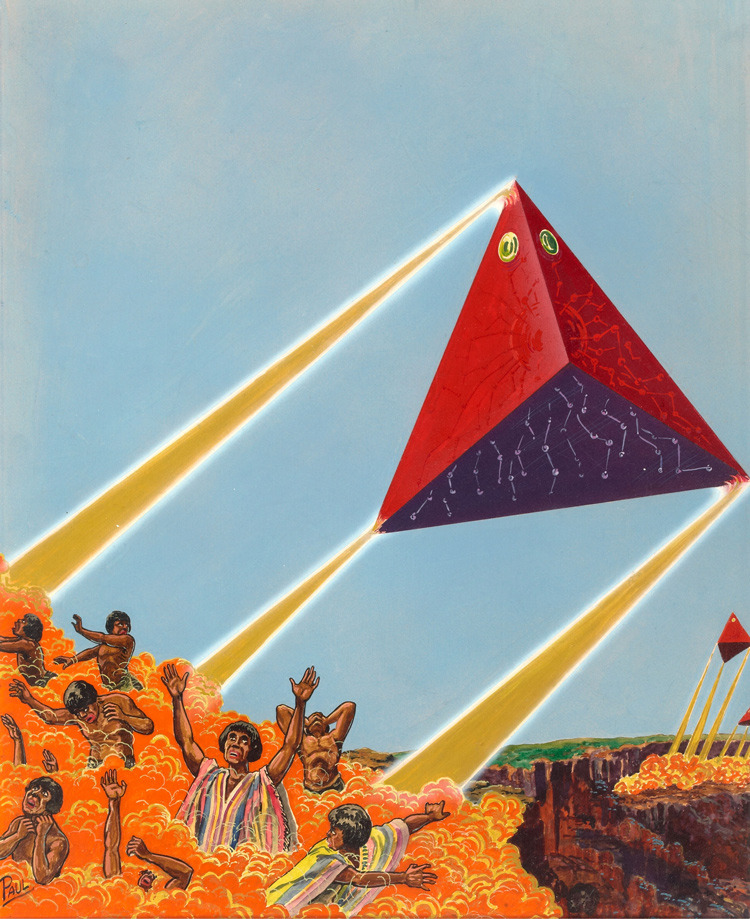
More after the jump…












